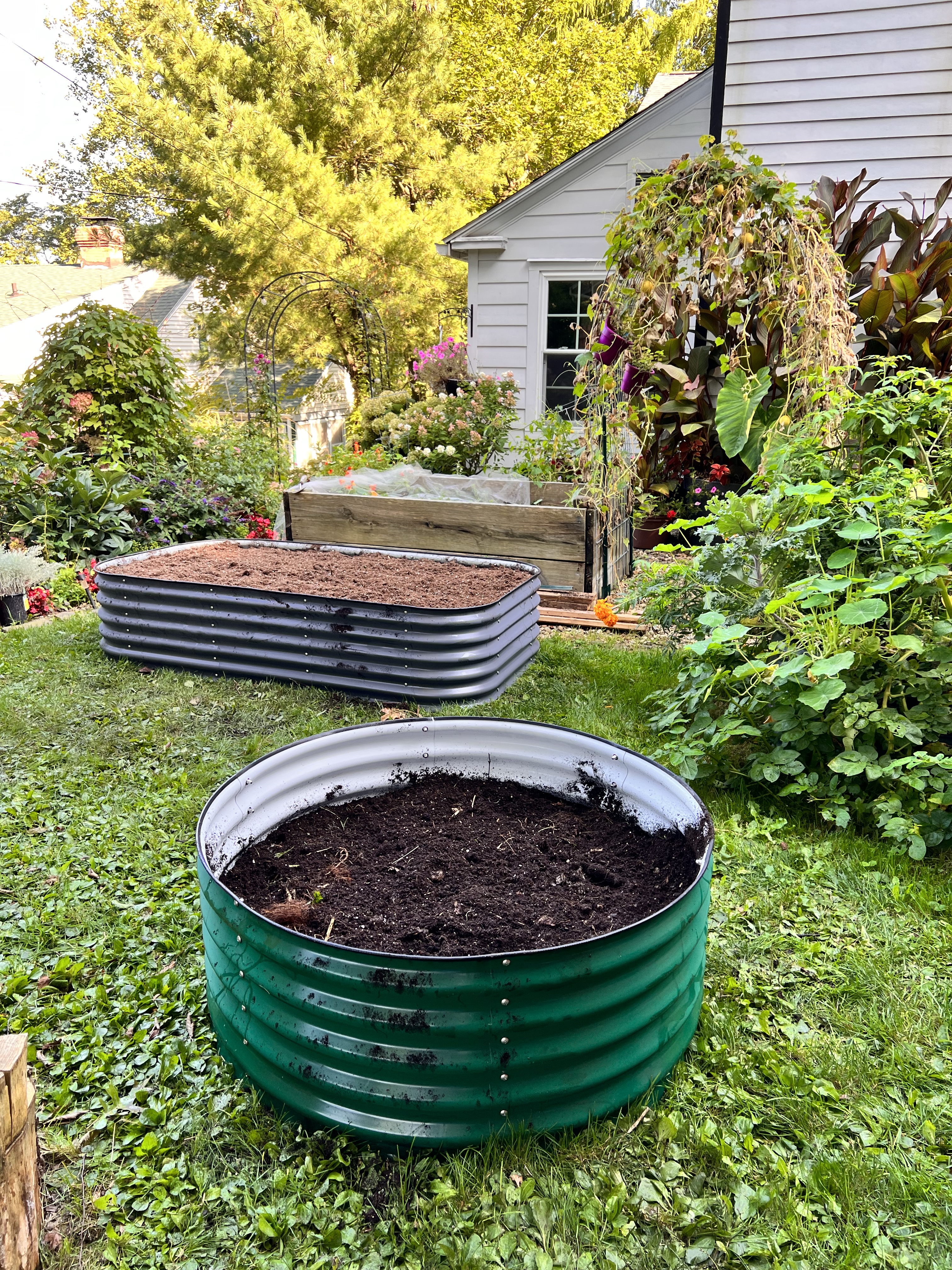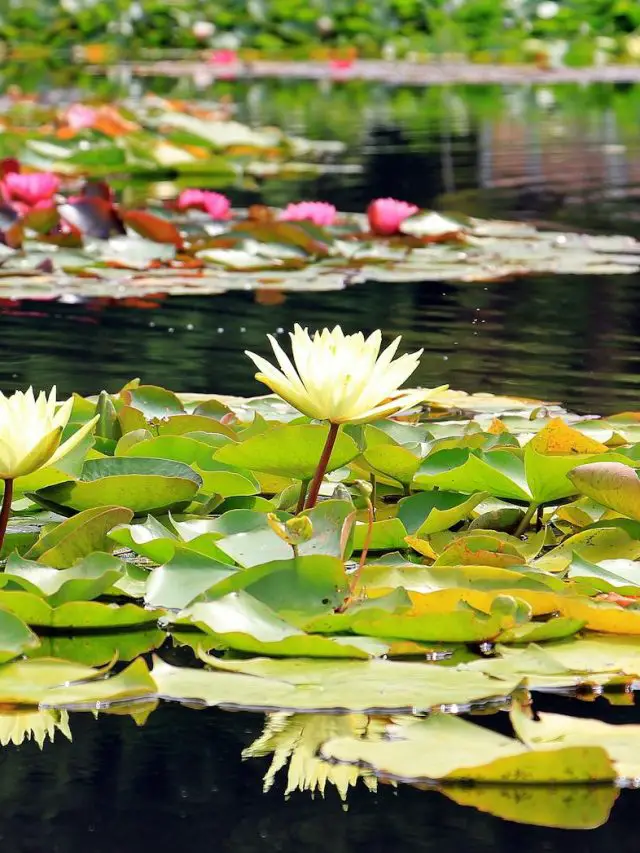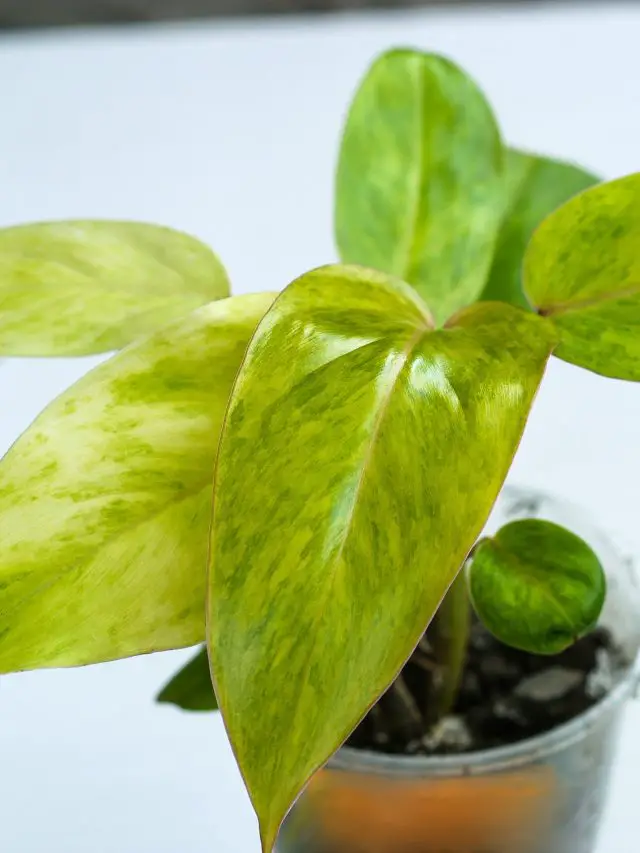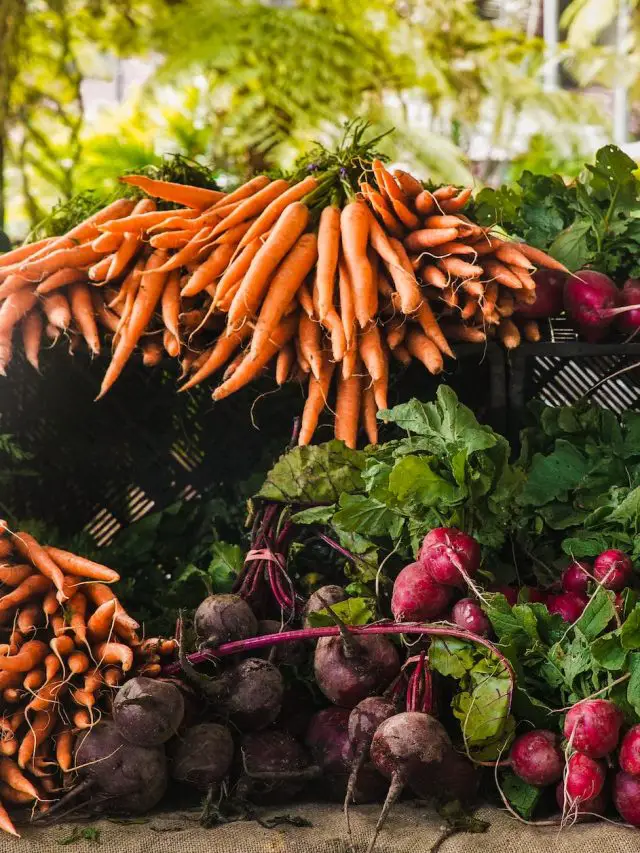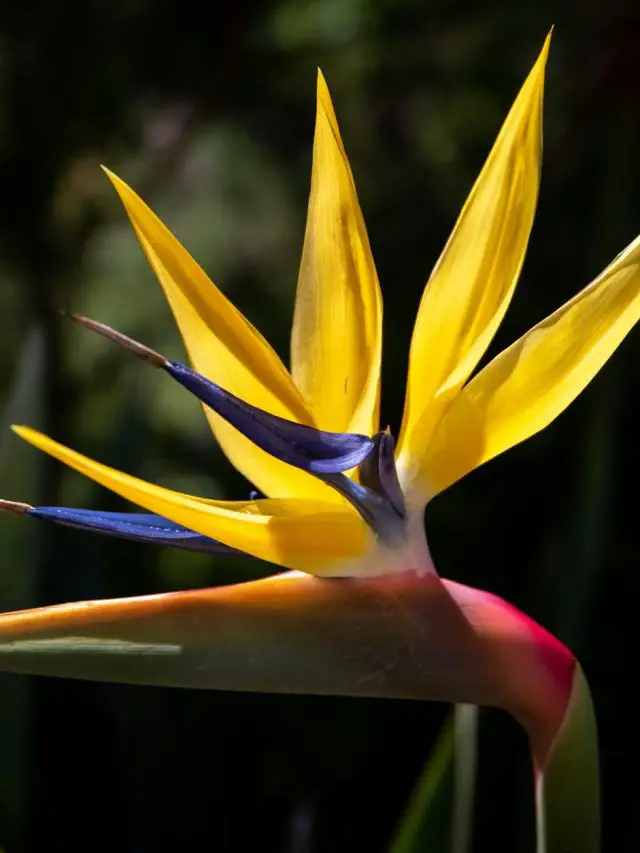How to Plant Alocasia
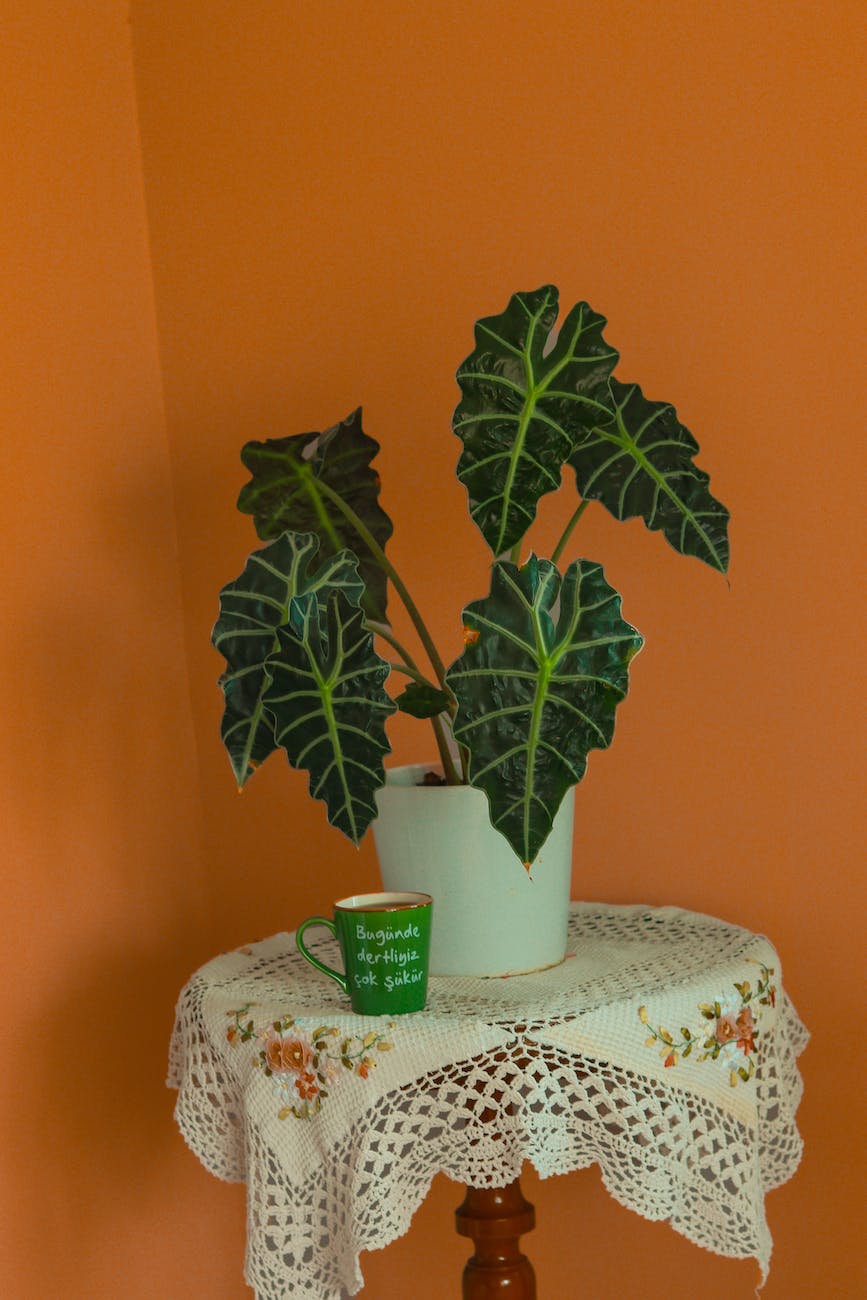
Alocasias are a genus of flowering plants in the Araceae family. They are native to tropical and subtropical regions of Asia, Africa, and Oceania. Alocasias are known for their large, brightly colored leaves, which can be heart-shaped, arrow-shaped, or shield-shaped. Some alocasia species have leaves that are patterned with stripes or spots.
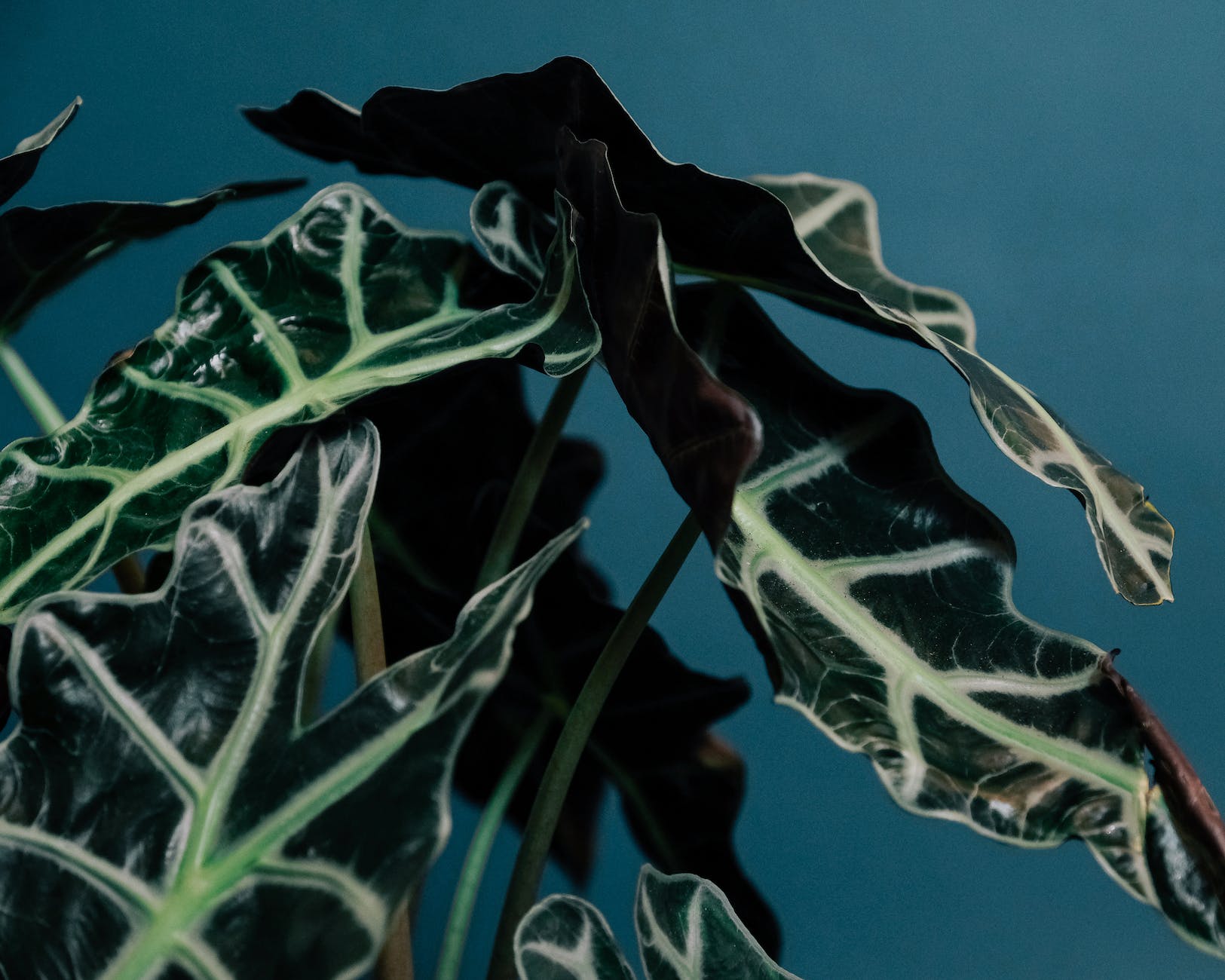
This post may contain affiliate links. If you make a purchase I may receive a commission at no extra cost to you.
Alocasias make popular houseplants because of their attractive foliage. They are relatively easy to care for, but they do require some specific conditions to thrive and can be quite tricky to grow for new plant parents.
Alocasia characteristics
Alocasias are rhizomatous plants, which means they grow from underground stems called rhizomes. The rhizomes can store food and water, which helps the plant to survive in dry conditions. Alocasias typically grow to be 2-6 feet tall, but some species can grow much taller.
Alocasia Growing conditions
Alocasias prefer bright, indirect sunlight. They can tolerate some direct sunlight, but their leaves may scorch if exposed to too much direct sunlight. Alocasias also prefer warm temperatures. The ideal temperature range for alocasias is 65-85 degrees Fahrenheit.
Alocasias need moist soil, but they should not be overwatered. The best way to water alocasias is to allow the top inch of soil to dry out completely between waterings. Alocasias also need high humidity. If the air in your home is dry, you can mist your alocasia plant regularly or place it on a pebble tray filled with water.
Fertilizing Alocasia
Alocasias should be fertilized every two weeks during the spring and summer growing seasons. Use a balanced fertilizer diluted to half strength. Reduce fertilization to once a month during the fall and winter.
Propagating Alocasia
Alocasias can be propagated by division. To divide an alocasia plant, carefully remove the rhizome from the pot. Use a sharp knife to divide the rhizome into two or more pieces. Each piece should have at least one eye, which is the point where new growth will emerge. Plant the divided rhizomes in new pots filled with fresh potting mix.
Alocasia Pests and diseases
Alocasias are relatively resistant to pests and diseases. However, they can be susceptible to mealybugs, spider mites, and scale insects. If you see any pests on your alocasia plant, treat them immediately with an insecticidal soap or neem oil. Alocasias can also be susceptible to root rot if they are overwatered.
Uses
Alocasias are popular houseplants because of their attractive foliage. They can also be used as ornamental plants in gardens. Alocasias can be grown in containers or in the ground, depending on your climate.
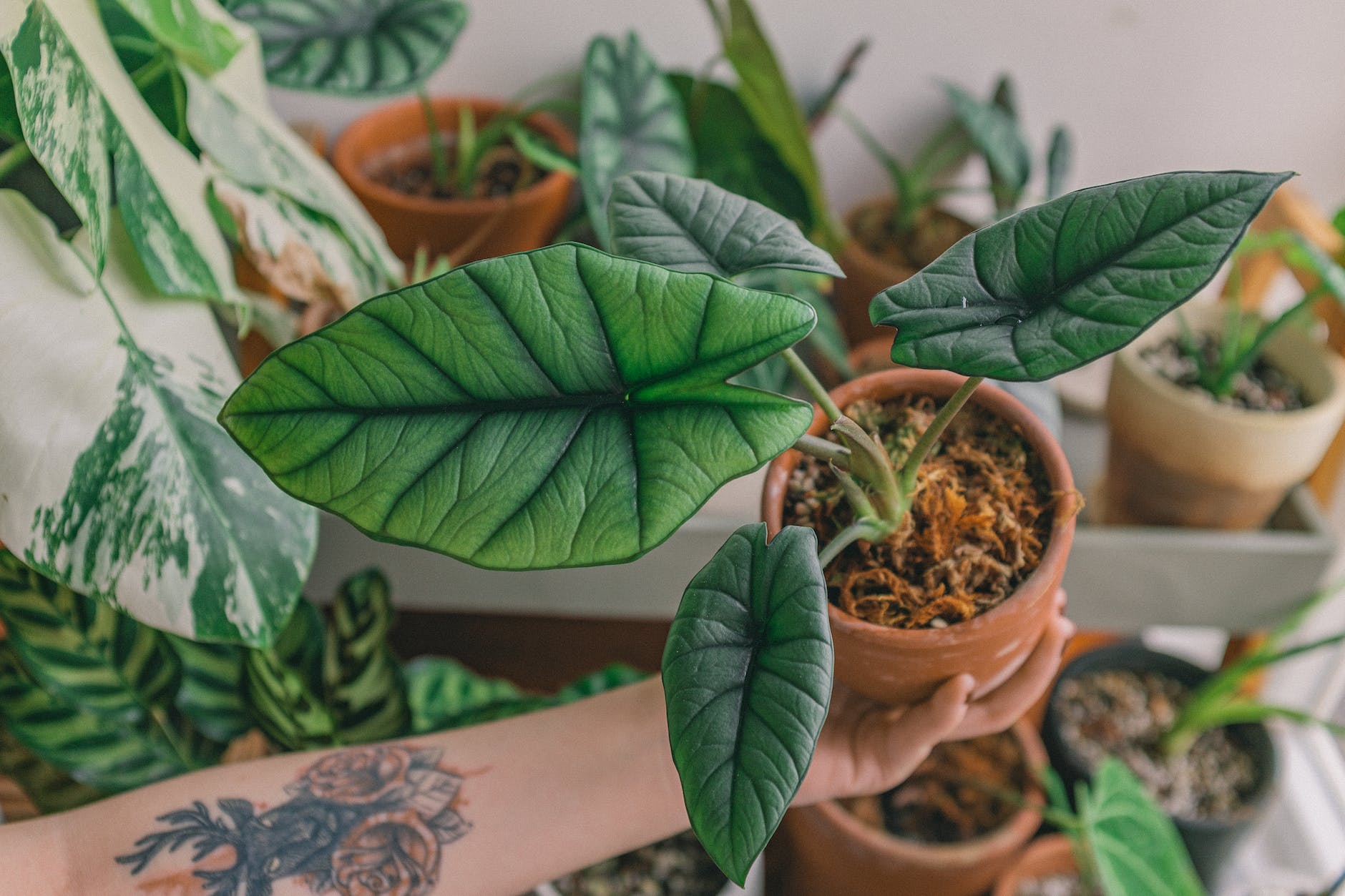
How to Plant Alocasia
- Choose a pot that is at least one to two sizes larger than the plant’s current pot. The pot should have drainage holes at the bottom.
- Fill the pot with a well-draining potting mix. You can use a pre-made potting mix for alocasias or make your own by mixing together equal parts potting mix, peat moss, and perlite. Alocasia do not like to have soggy soil so adding pearlite or orchid bark can aid in drainage
- Remove the alocasia from its current pot and gently loosen the roots with your hands.
- Place the alocasia in the new pot and backfill with potting mix, tamping down gently to remove any air pockets.
- Water the plant well and place it in a warm, humid location with bright indirect light.
- Add in a humidifier for extra humidity around the plant.
Extra Tips:
- Be careful not to overwater the plant. Alocasias do not like to sit in water, so allow the top inch of soil to dry out between waterings.
- Fertilize the plant every two weeks during the growing season (spring and summer) with a balanced liquid fertilizer. Dilute the fertilizer to half strength before applying it to the plant.
- Repot the plant every year or two, or when it becomes rootbound.
- Alocasias are susceptible to pests and diseases, so inspect your plant regularly for signs of problems. Treat any problems immediately.
Alocasias are beautiful and relatively easy-care plants that can add a touch of tropical flair to any home or garden. With proper care, your alocasia plant will thrive for many years to come.
Happy Gardening



